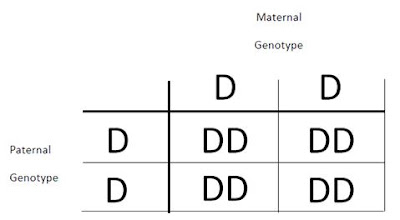Is she pregnant or not; I need to know. If you are looking for an easy way to
pregnancy check on your schedule, or in between vet herd checks, then DG29™
Blood Pregnancy Test might be the perfect fit.
Testing is as easy as 1-2-3
- Select animals that are eligible for testing. Any heifer at least 29 days post breeding and cows at least 90 post calving are candidates. Selecting cows less than 90 days my result in a false positive. ET recipients may also be tested on or after day 32 or 25 days after implantation (embryo is at day 7 when implanted + 25 days = day 32).
- Collect the blood sample. Genex has kits available with all testing supplies needed-blood tubes, needles, needle holders, and shipping containers. The following is a video on the proper blood collection procedure. Blood Collection Instructional Video
- Submit the sample. Strategically placed across the US for quick turnaround time, samples may be sent via USPS, UPS or FedEx to Jerome, Idaho, Menomonie Wis. or Ithaca, N.Y. laboratories. Blood samples need no refrigeration and are good at room temperature for a week.
Results are returned by email, fax or mail within 24 hours
after the lab receives the samples. All
labs are running samples Monday through Friday.
The status of pregnancy is reported as positive (pregnant/embryo in
development) or negative (open). Using
this test will help identify open cows and heifers earlier in turn decreasing
days open and increasing profits.
So if you need to know the pregnancy status of your dairy or
beef animals, talk with your Genex Representative to learn how the DG29 Blood
Pregnancy Test might be the perfect fit in your reproductive program.
Check out the Genex website for more information. http://genex.crinet.com/page3429/DG29BloodPregnancyTest








